Cartier skeleton movements were first seen in the 18th century when they appeared on pocket watches. Skeleton watches are the art of removing as much metal as possible from the various parts of a mechanism, such as the main bridge, bridge, ratchet, barrel, etc. Bridges and mainplates are often decorated with carved and openwork designs featuring leaves or flowers, and sometimes scenes like hunting or concerts.
The watchmakers are so skilled that when the movement is skeletonized, the bridges are arranged in the shape of Roman numerals to show the time. This unique technique results in a skeletonized movement with indexes and Roman numerals, making the watch‘s clear readability unmatched and giving it a fresh design, while the bridges of the movement are made of nickel-silver alloy for extra durability. Cartier also patented this innovative design.
Compared with the traditional skeleton watch, after finishing a watch, to more delicately show the craftsmanship between movement and stillness, watchmakers often cut out the blank part of the dial without affecting the function, and create a clear view through the interplay of light and space so that the layers of the movement can be seen easily.







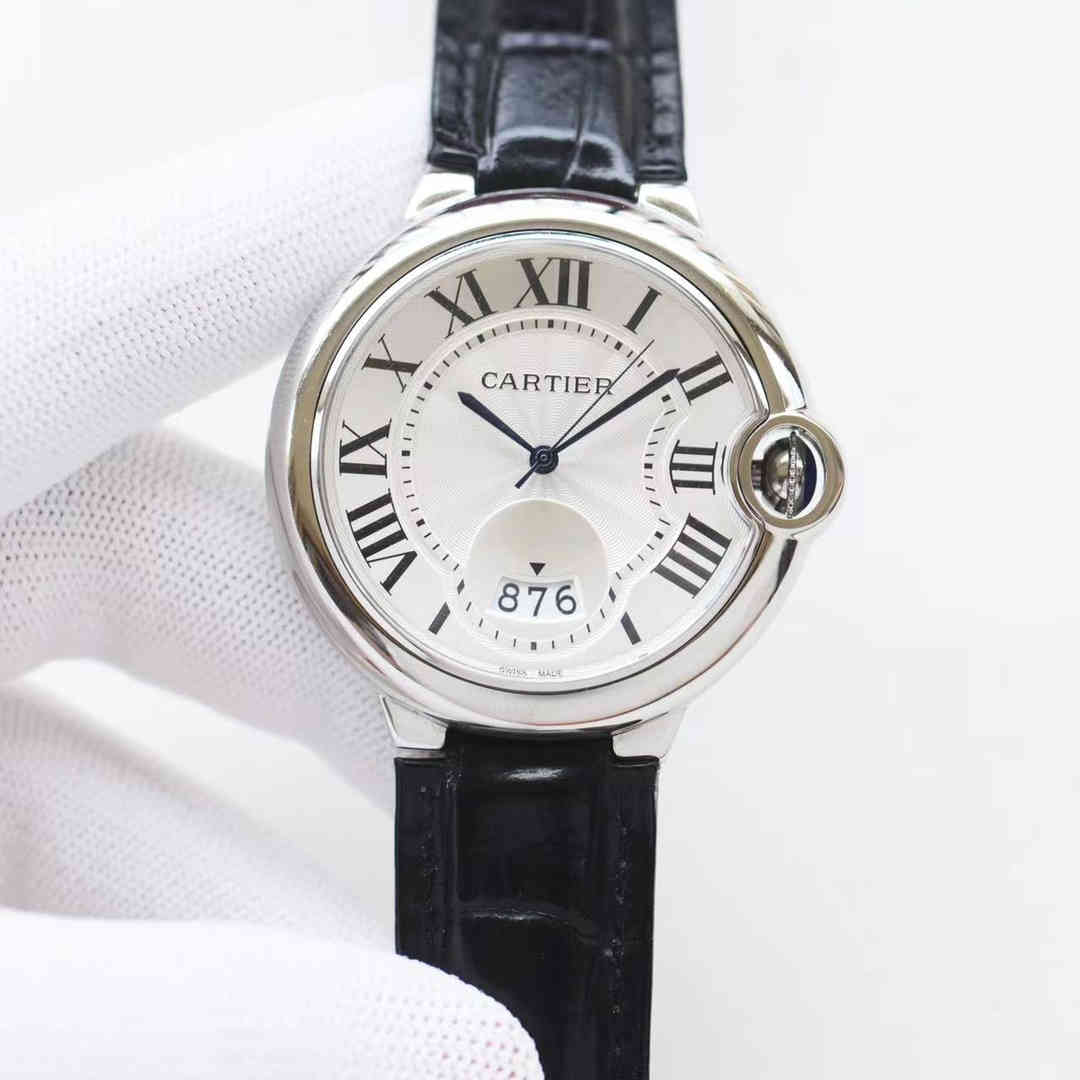
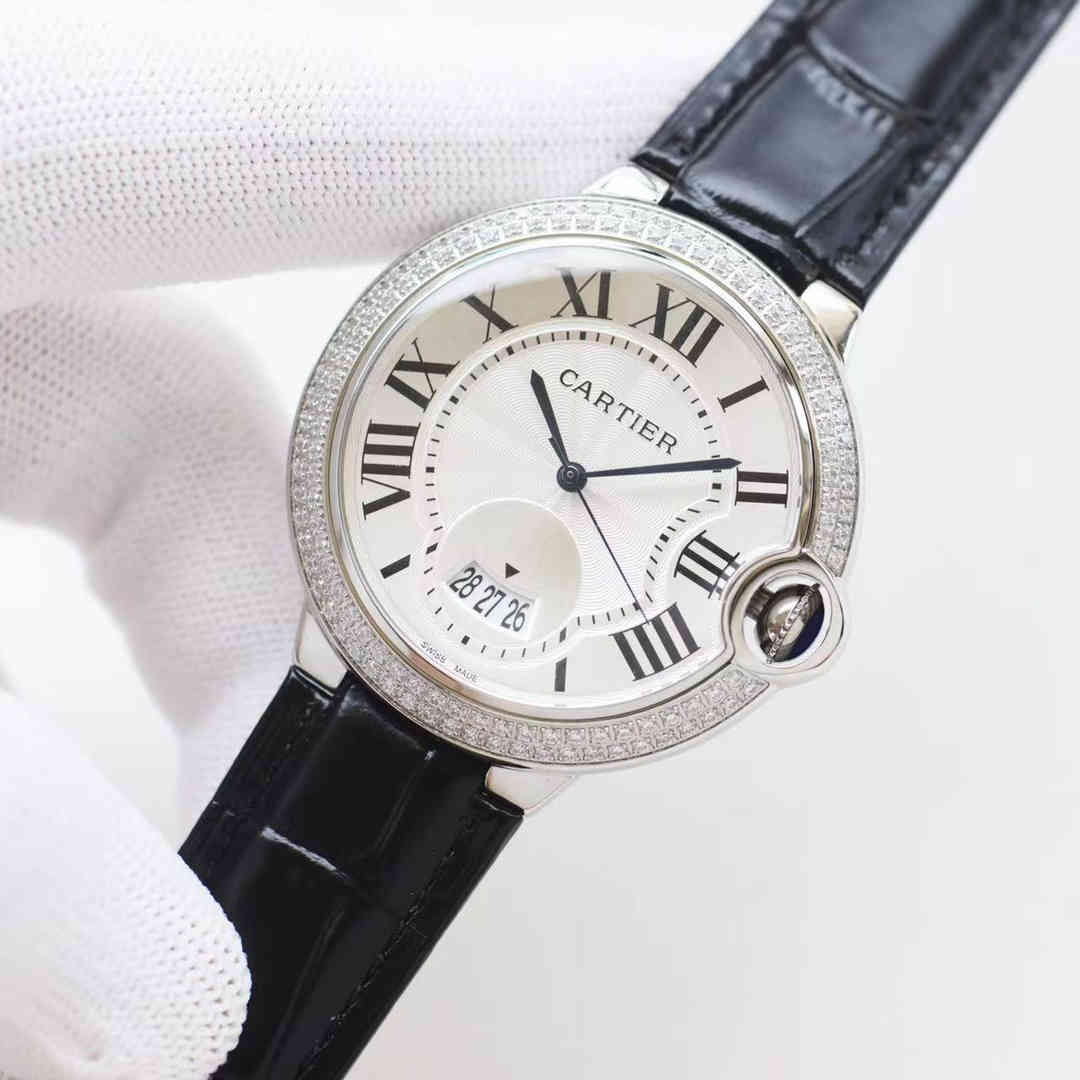
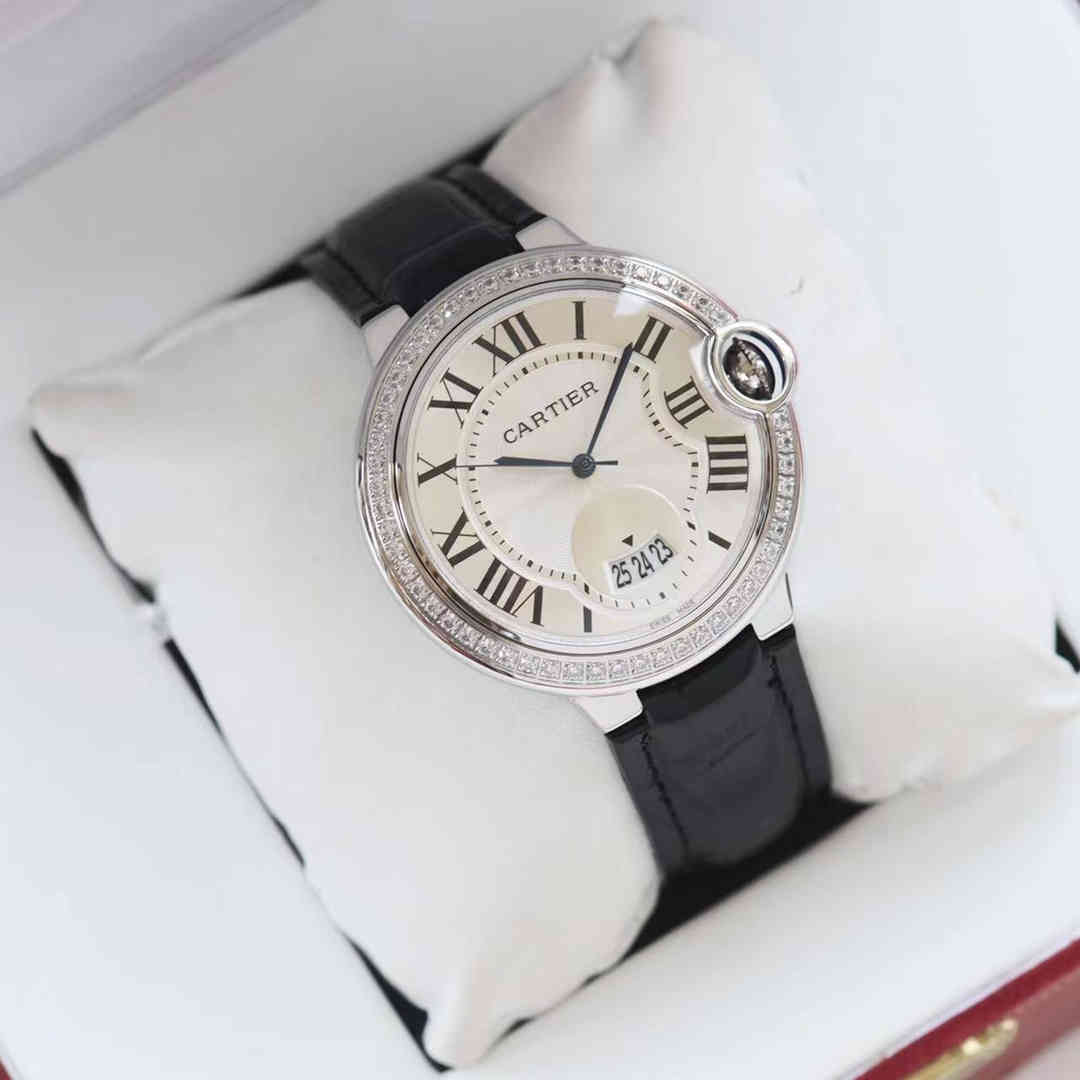
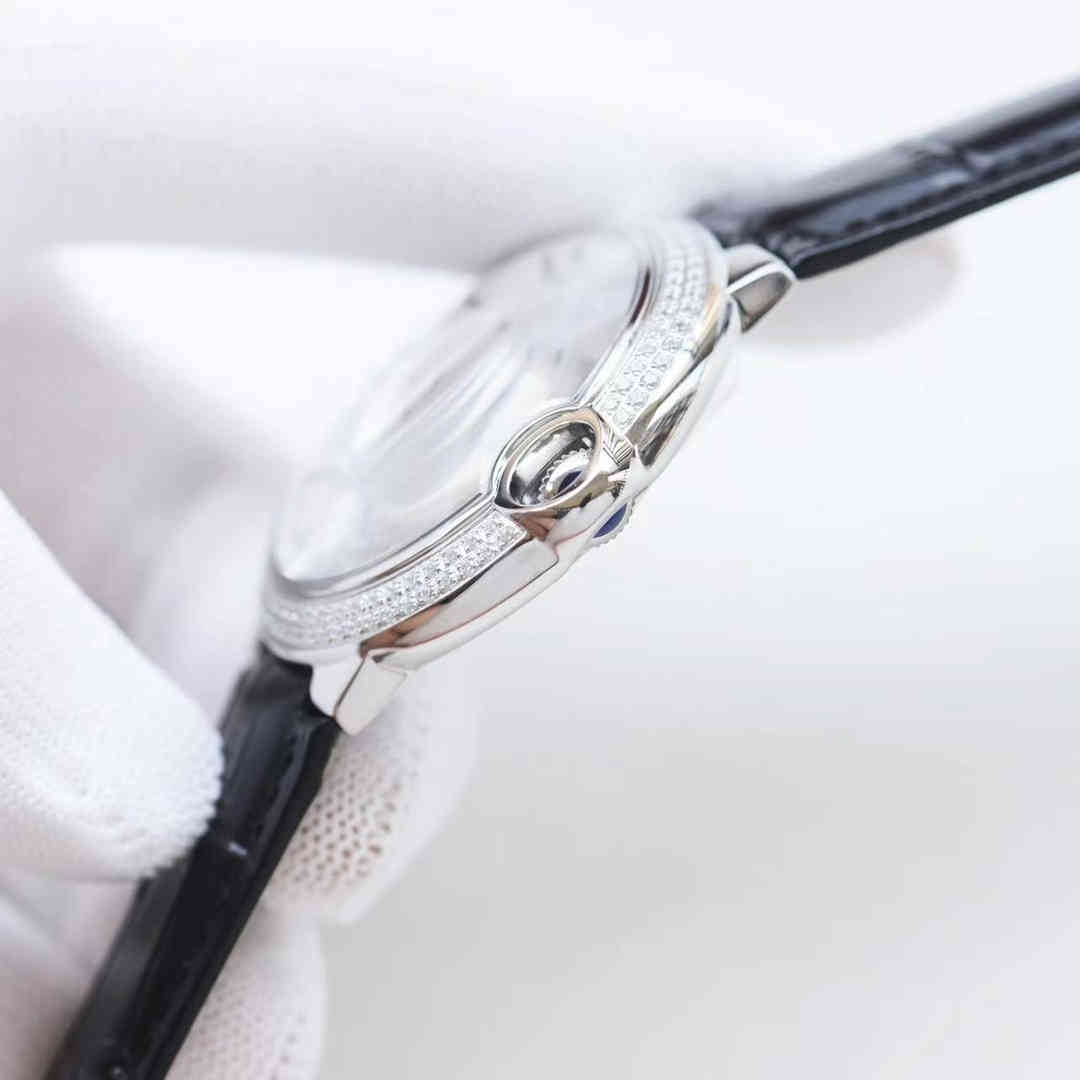

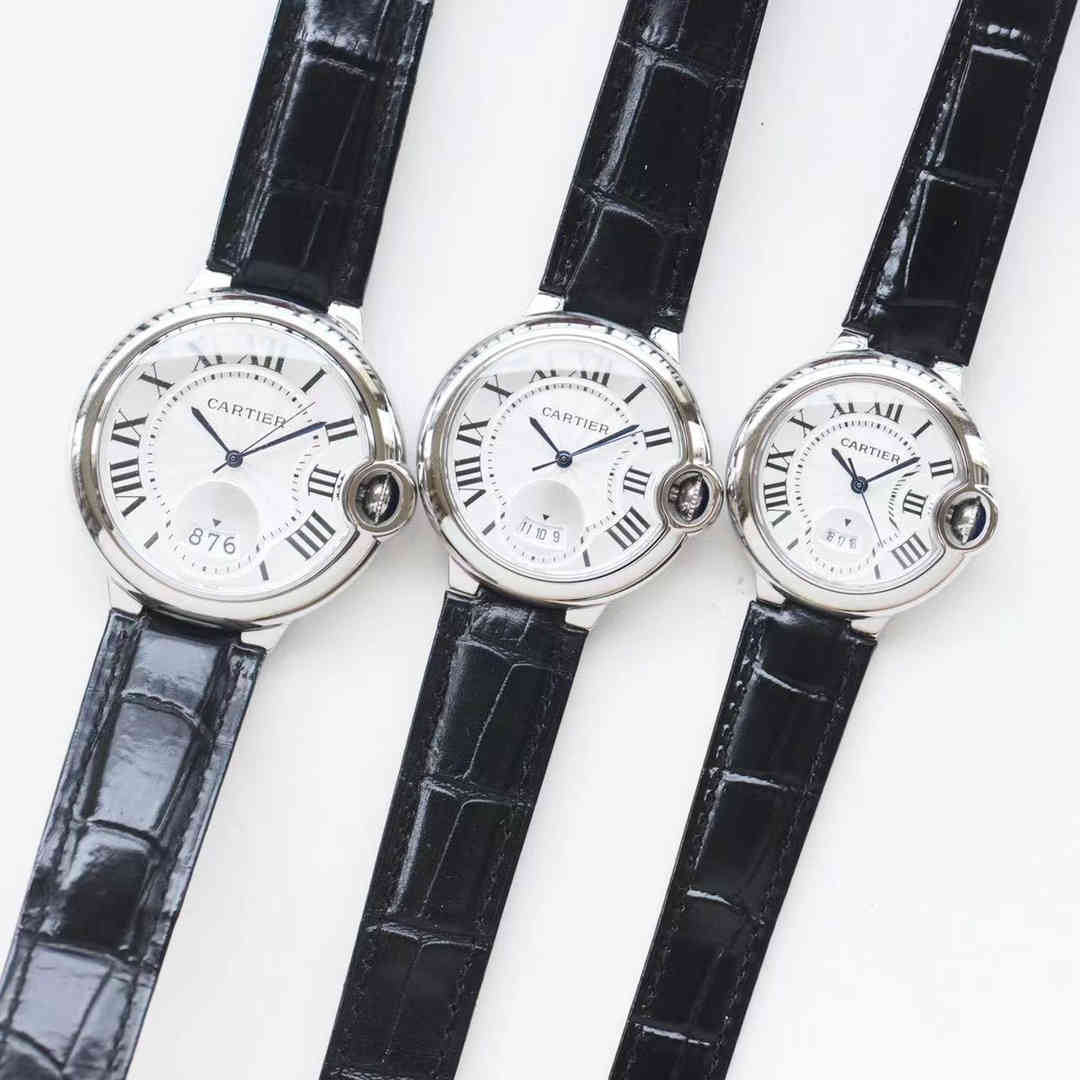










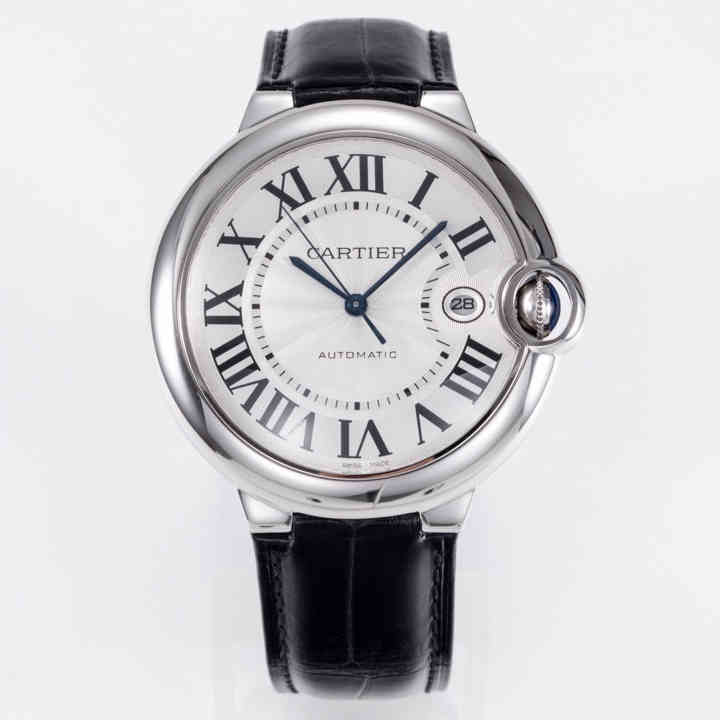

Reviews
Clear filtersThere are no reviews yet.